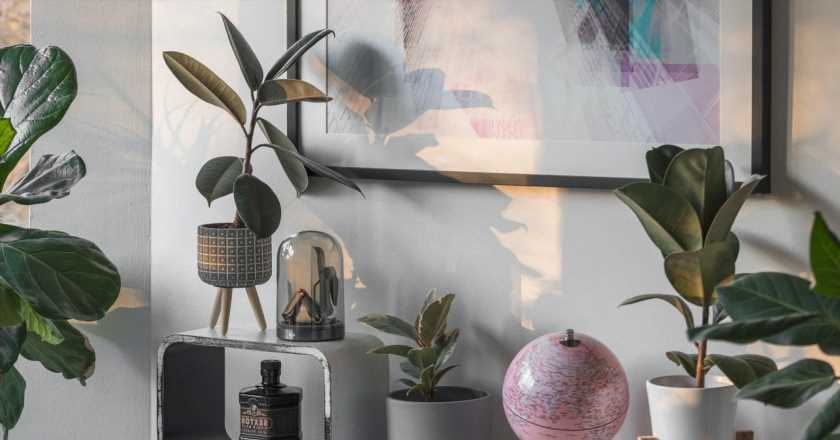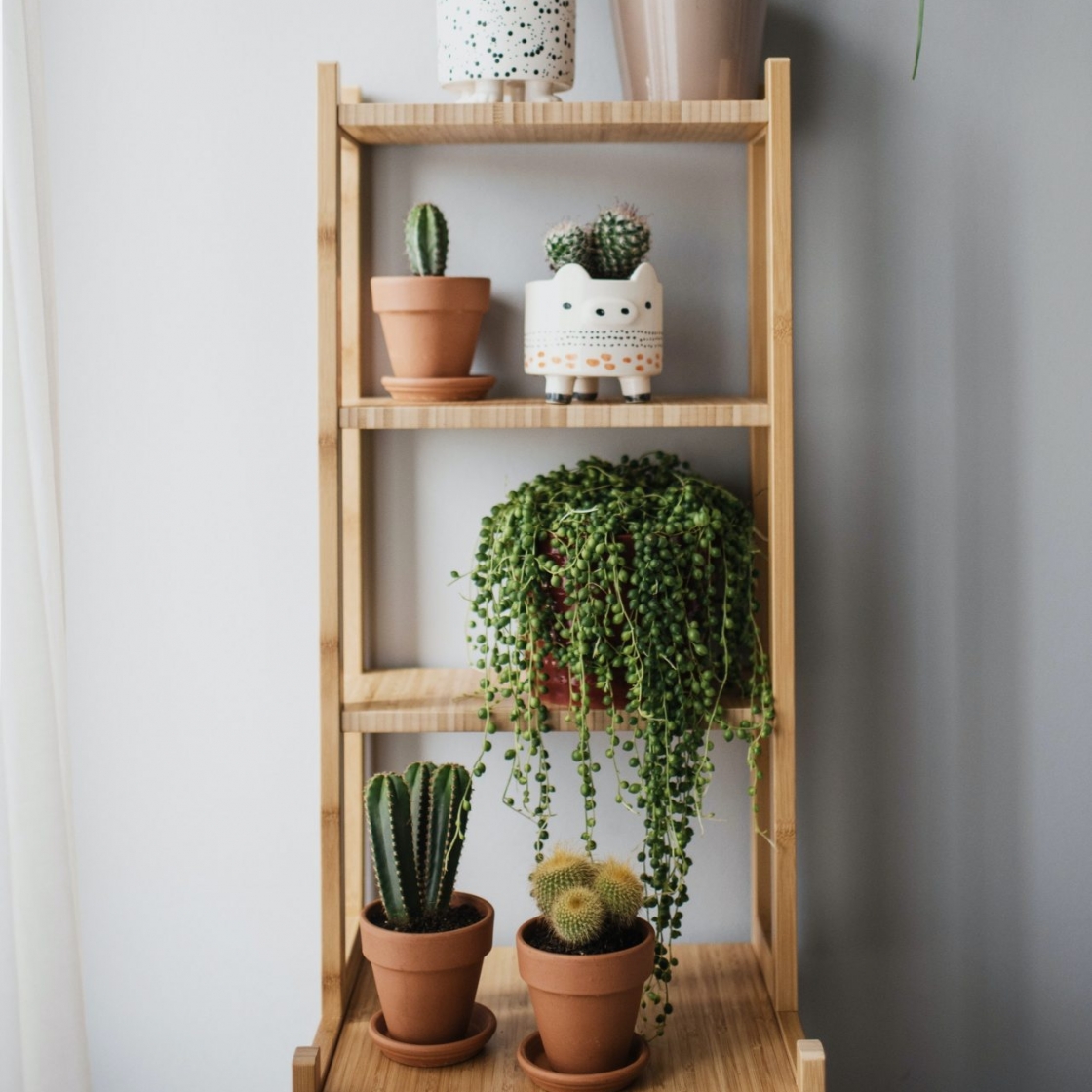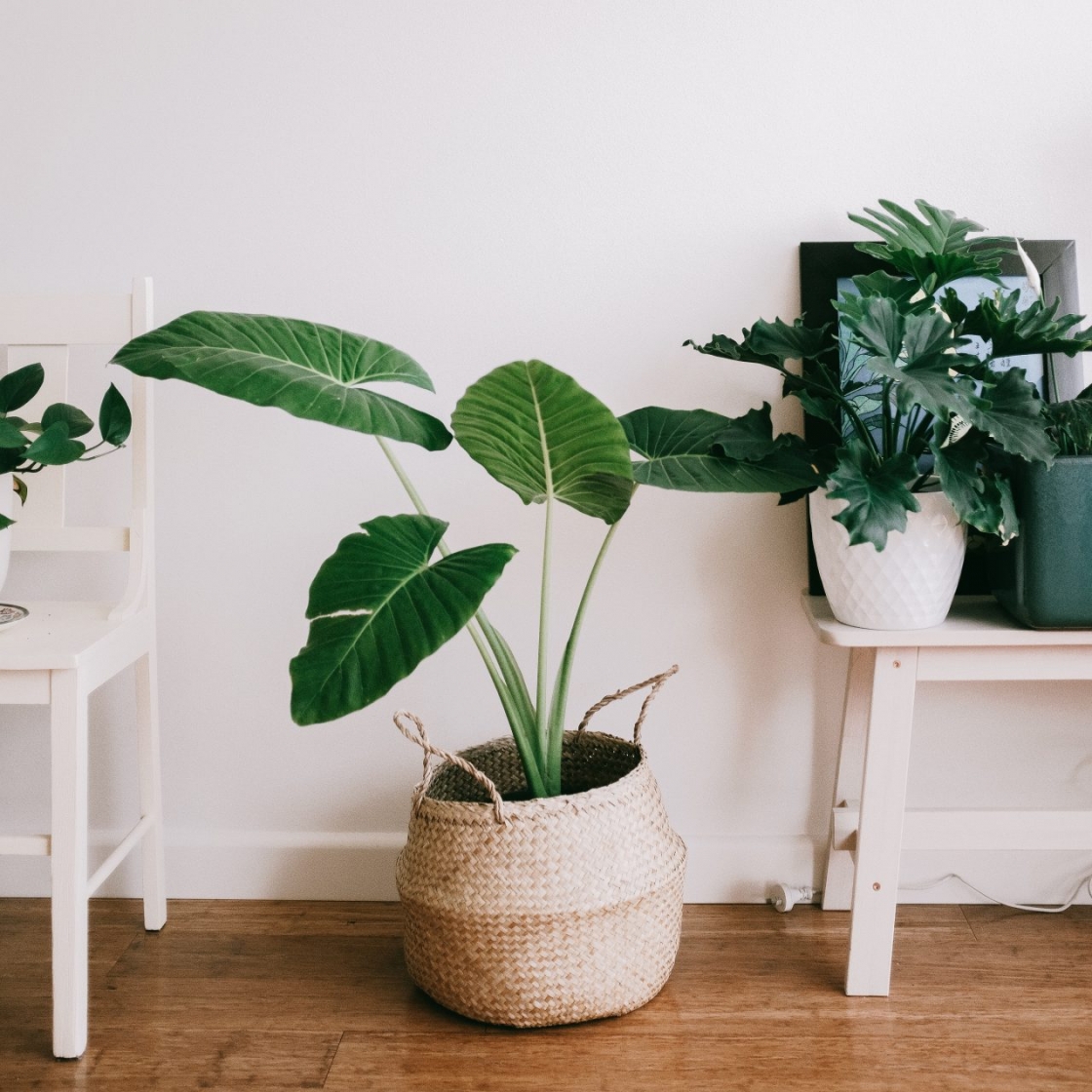Keep your houseplants looking happy and healthy this growing season with these expert spring plant care tips.
March is finally here, and while there may still be an (unwelcome) chill in the air, the sign of daffodils in the supermarket and noticeably lighter evenings are sure fire signs that spring is just around the corner.
This is, of course, good news – especially for those of us who struggle with seasonal affective disorder (SAD) during the darker months. But we’re not the only ones who benefit from the warmer, brighter weather. In fact, the arrival of spring is a transformative time for our leafy friends.
That’s because spring marks the start of growing season – the period of the year when plants produce new growth. As the days grow longer and brighter, plants that went dormant during the winter will reawaken. And although the growth rate will vary from plant to plant, you should start to see all of your plants produce more new growth in the build-up to summer, when their growth rate is usually fastest.
You may also like
5 plant care accessories that are actually worth investing in, according to an Instagram expert
As exciting as this is, however, it does mean you’ll need to start paying a bit more attention to your plants in order to meet their needs.
Alongside increasing how often you water your plants (the warmer temperatures and increased growing activity will cause their soil to dry out quicker than it did during autumn and winter), there are a number of extra things you can do to prep your plants for growing season and help them to thrive.
To find out more about what you can do to prepare your plants for the months ahead, we asked Richard Hull, Patch Plant’s plant doctor, for his top tips. Here’s what he had to say.
1. Start fertilising again
To set your plants up for a successful growing season, you’ll want to start adding fertiliser – or plant food – to your care routine, to ensure they have all the nutrients they need to thrive.
“New growth can be encouraged by adding a few drops of liquid fertiliser when watering your plants,” Hull says. “This only needs to be done once a month.”
2. Consider repotting your plants
If your plants are showing signs that they’ve outgrown their pots – such as roots coming out the bottom of the pot, drooping leaves that are still green or top-heavy growth – it could be time to find them a new home.
“By adding fresh compost, you will give your plants a boost of fresh nutrients, and by choosing a pot that is larger than the current one by a measure of around 2 inches in diameter, you will give the roots new soil to grow into,” Hull says.
To find out more about how to repot your plants, you can check out our guide.
You may also like
How and when to repot a plant, according to a houseplant expert
A little warning: if you use an old nursery pot for repotting your plant, make sure to clean it out first.
“Old nursery pots, especially ones that have previously been outside, may have harmful bacteria or pests hiding in them,” Hull says. “Wipe them down with a cloth and soapy water to ensure they don’t affect your plants’ health.”
3. Prune back dead growth
If your plant has any dead leaves or growth from the winter months, now’s the time to cut that back. If you want to do this properly you should use botanical shears or secateurs, but scissors should do the trick, too.
“By removing dead growth, you will allow light in and give space to new leaves that are trying to emerge,” Hull says.
4. Give your plants’ leaves a dust
If you haven’t given your plants’ leaves much attention since last year, chances are they’ve gathered quite a bit of household dust, which can limit their growth.
“Now is a good time to dust off leaves in preparation for the growth season,” Hull says.
“Any dust that gathered on the least surfaces of larger leaved plants could be blocking light and thus inhibiting photosynthesis. Dust them down gently with a damp cloth.”
New to plant parenthood? Check out Stylist’s guide to buying, styling and caring for plants to get started.
You can find out more about the most common houseplant problems by checking out our range of plant care content, too.
Images: Unsplash/Pexels
Source: Read Full Article


